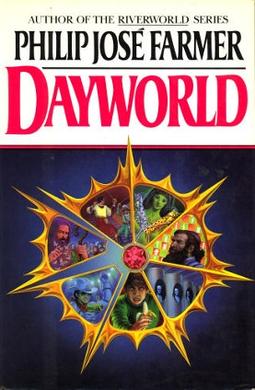IDEOGRAPH: Also called a logograph or ideogram, this is a written symbol system in which a single marking or collection of markings represents not a phonetic sound but rather an entire word or idea. Classical Egyptian, Cuneiform, Mandarin Chinese, and Japanese are ideographic languages. This term is contrasted with a phonetic language, in which a single marking or collection of markings represents a single sound. For instance, contrast the two markings below.

Above, we see the Mandarin symbol for tao, a term meaning "the way" or "the path." The entire marking represents in the abstract a pilgrim or traveller moving along the road. We cannot break down the symbol so that one part represents the consonant /t/ sound and another part represents the /aU/ dipthong. On the other hand, when we examine Greek, we might see a marking like this one: 
Here, we see the Greek word ethos, meaning "character, authority, or charisma." However, the word is spelled out phonetically, with the first marking indicating the /e/ sound, the second marking representing the [th] sound, the next representing an /o/ sound, and the final marking representing the /s/ sound. Similarly, the Latin term for path is via, and it is written out phonetically as three letters, v, i, and a. The markings represent sounds rather than images or ideas. You can find out more about pictographic ideographs by downloading this handout. Keep in mind, modern English is a language with only delusions of being phonetic. In actual point of fact, English contains many silent letters and variations of spelling that no longer represent sounds with the same consistency as a purely phonetic language. To see how far Modern English is from being truly phonetic, read this poem.
Last edited by richie on 12 Aug 2008, 3:35 pm, edited 1 time in total.















